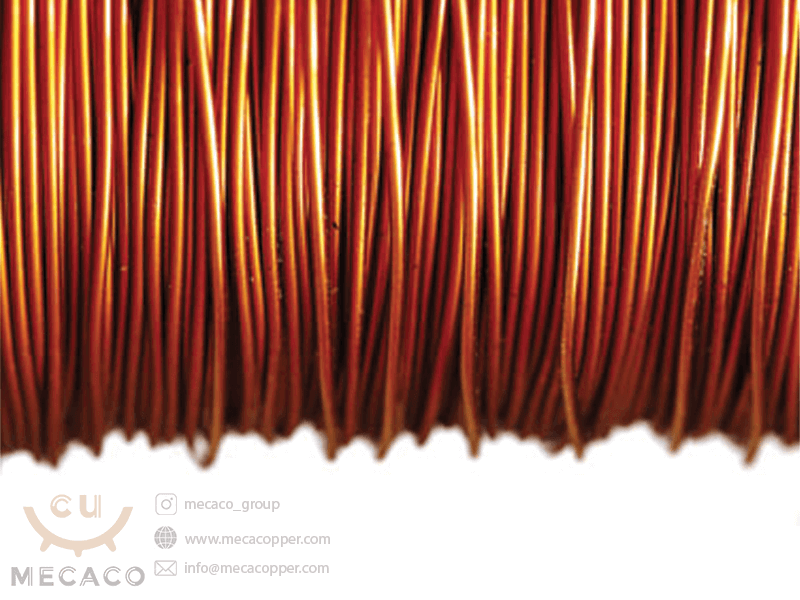Copper is the electrical conductor in many categories of electrical wiring. Copper wire is used in power generation, power transmission, power distribution, telecommunications, electronics circuitry, and countless types of electrical equipment. Copper and its alloys are also used to make electrical contacts.
Some History…
The benefits of using copper conducting wire were known, but the technology was not available to make a copper wire strong enough for an overhead wire. Then in 1877 Thomas Doolittle developed the process for hard drawn copper wire in the Naugatuck Valley of Connecticut.
In a high competitive market the development of new applications, price pressure and increase of product quality led wire manufacturers ask increased characteristics without losing conductivity. This led rod suppliers develop new copper and aluminum alloys. For example, copper alloys, such as CuSn, CuMg and CuAg, have been developed for automotive cable; High Temperature Aluminum Alloys have been developed for overhead conductor lines with round and shaped wires.
Rod production technology and equipment depend on the rod production range and on the required output. The most diffused technologies are the Continuous Casting Rolling technology (CCR) and the Upward Vertical Continuous Casting technology (UVCC). The continuous development of these technologies resulted in high quality rods in terms of chemical composition, mechanical and electrical properties, less impurities and lower overall processing costs.
Being in the wire and cable sector since decades, we provide you with consolidated, flexible and high quality solutions to overcome market challenges. Simplistic Rod Breakdown Platform includes compact and tandem rod breakdown, single or twin wire, single motor and multirotor machines. The platform is completed by a wide range of annealers, coiling and spooling systems.
Want to know more about Copper Rod?
A wide range of products has its starting point in a rod of copper, aluminum and relevant alloys. Rods are the raw material for electrical applications such as electrical cables (i.e. power transmission, building, control and instrumentation, data and communication, automotive etc.), contact wire, magnet wire, pins and connectors; mechanical applications such as welding wire, wire for meshes and fastener. Other applications are textile wire, wire for food industry and jewelers.

